In this post we'll learn about the architectural styles trough history and the architectural styles from the early XX's.
NEOCLASSICISM.
Classicism bloomed between 1750 and 1830, is known as "neoclassicism" to distinguish it from the classical architecture of ancient Rome of Renaissance.
This period is characterized by the grandeur scale, very strict organizational geometry, simplicity of geometric shapes, using Greco-Roman designs, the dramatic use of columns to articulate the interior spaces and a preference for the bare walls of ornamentation and formal contrast of volumes and textures.
Classicism settled in Italy, Greece and Asia Minor.
US was very influenced by neoclassicism in the early XX's, some examples:


US Supreme Court, Virginia. The "White House", Washington D.C.
Here we can see pictures of ancient (and famous) buildings in Italy and Greece.


Temple of Canova in Possagno, Italy. Temple of "Hera II", Greece.
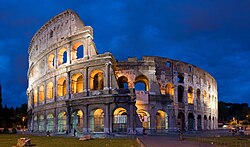
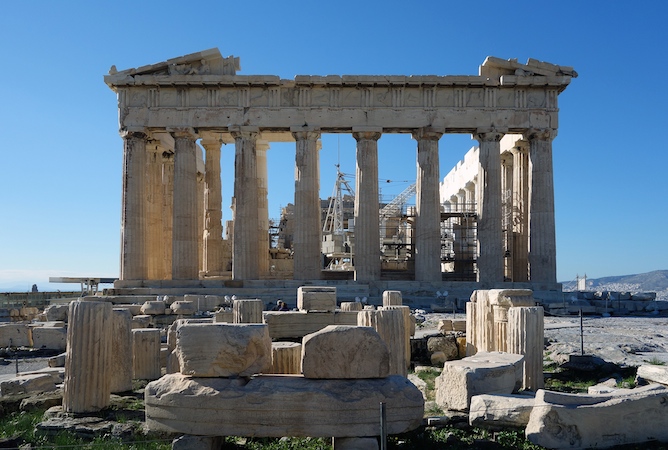
The Colosseum in Rome, Italy. The Parthenon in Athens, Greece.
BAROQUE.
The term baroque appliques to the European art of the period from XVII to the until the mid XVIII. Baroque art was involved with the drama and illusion, with bright colors, with luxurious and processed materials and surfaces contrasting textures that were used to offset sensuality.
Through architecture they propagated faith in the state and church. Baroque was developed in two different streams depending on the prevailing religions: Catholic and Protestant. They were found in countries like Italy, Spain and Portugal.


Baroque Church in Porto, Portugal. Baroque details in columns. Lecce, Italy.
Rationalist.
Rationalist was born from the ideology of finding the solution to all the problems of contingent reality through reason.
One feature of this period is the remoteness from nature, the free distribution of enclosures from functions, resource economics, etc.
On the other hand, breaks with the past, it promotes spatial configuration linked almost exclusively to the functional value of the enclosures and comes to getting the image from the function. It is the age of technology in which cars, airplanes, ocean liners, the typical artifacts of modern times.
According to the author Argan. G.C., "Modern Architecture" follows general principles:
- The priority of urban planning on the architectural project.
- The increased use of land use and construction to solve the housing problem.
- The rigorous rationality of architectural forms, understood as logical deductions (effects) from objective requirements (causes).
- The systematic appeal to the industrial technology, standardization, prefabrication in series, in other words, the progressive industrialization of the production of goods related to daily life (industrial design).
- The conception of architecture and industrial production qualified as determinants of social progress and democratic education community.
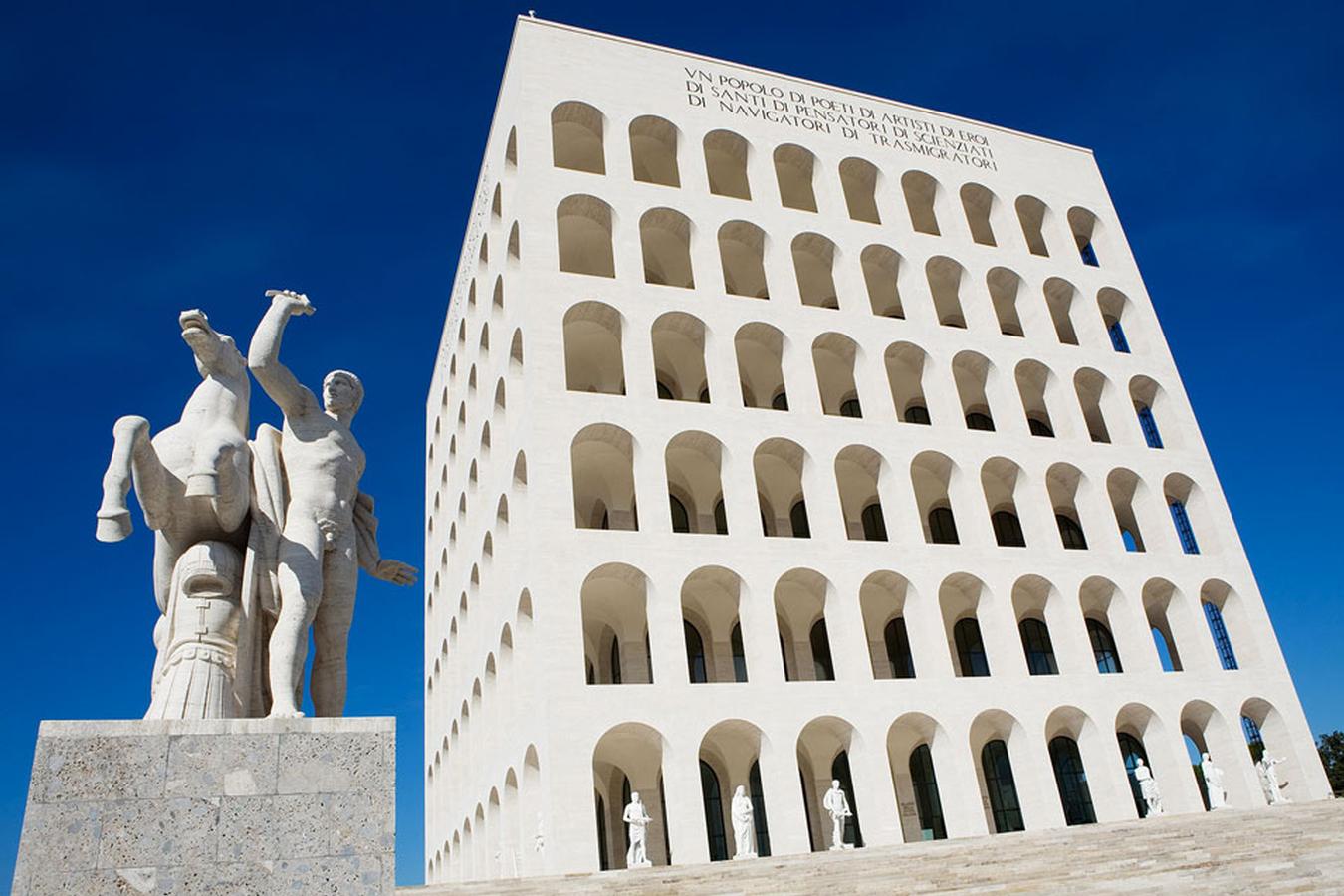
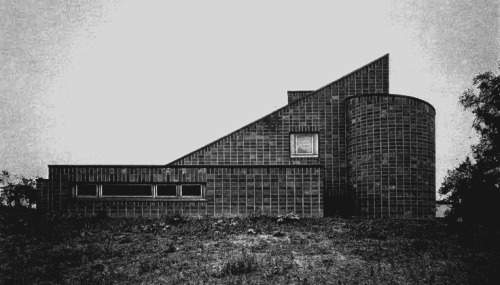
Palazzo of the Italian Civilization. Steimel House, Hennef, Germany (1961).
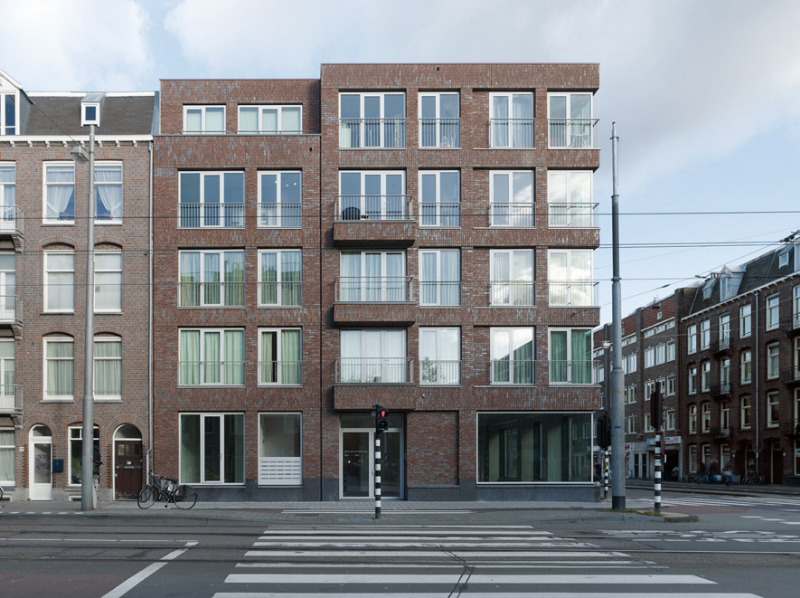
Apartments and shops in Amsterdam (2010).
DECONSTRUCTION.
Formal strategies adopted by the deconstructionist, begin from a Russian avant-grade movement called "The Constructionist". Exalting the political and technological commitment, preferring the art technique. Strengthening the "revolution" through architecture.
Is very committed with society for they functional characteristics. An example of this is the monument to the Third International created by Tatlin in 1919. Consist in three huge glass environments: a cube, a pyramid and a cylinder trapped by a twisted frame. Thus Tatlin revels himself against the classic rules of composition: breaking the structures of hierarchy and balance. This monument symbolizes revolution, mechanization, dynamism and symbolism.
The problem is that constructionist were unable to alter the traditional status of the object and confine themselves to the aesthetic of instability.


Monument to the Third International. Guggenheim Museum in Bilbao Spain.

Heiday Aliyev Center in Baku.
ART NOUVEAU.
It is an ornamental style of art that flourished between 1894 and 1914 in Europe and in the United States. One of its salient features is the use of long, sinuous organic lines. They are asymmetrical, undulating lines that take the form of flowers, blossoms, butterflies, insects and other elements related to nature and women (for its sinuous lines).
It is a style that used various types of materials (stone, brick, glass, ceramics, wood, iron, etc.) made that contributed to the clustering of different production sectors.
In architecture, a fusion of structure and ornament is created and freely combines materials such as glass and iron. It is a style that contrasts with the traditional architecture of balance and structural clarity.
It is most commonly used in architecture. But also it occurred in interior design and glasses, jewelry, posters and illustrations.


"Casa Batlló" in Barcelona, Spain. City Hall in Prague, Czech Republic.


No hay comentarios.:
Publicar un comentario